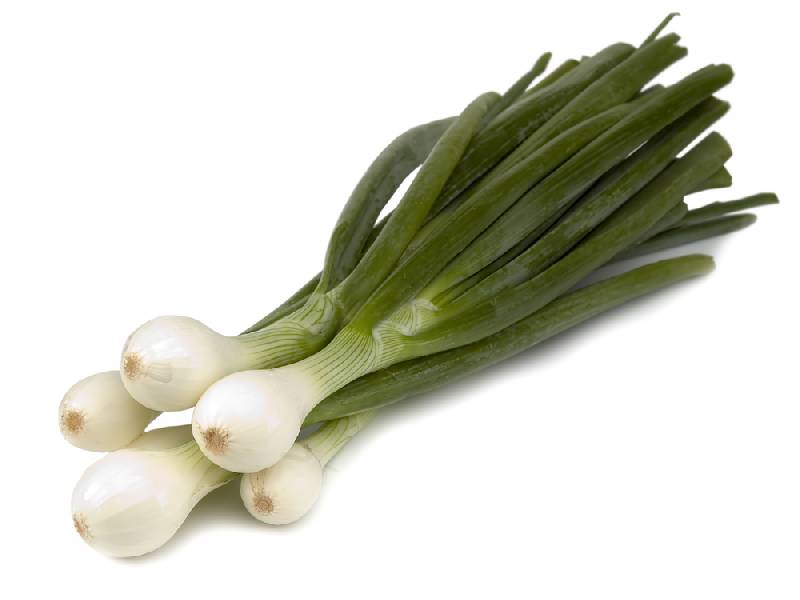Some would say it's a scallion, others would recognize it as a spring onion while there are some who would call it a green onion. And depending where you live you would be correct on any of the above. The Brits use the term "spring onion" for both spring onions and scallions, but the folks from the Land Down Under call both of them shallots, confusing the issue even more. And back here in the good old US of A the two varieties are generally grouped together as "green onions."
But there is a significant difference.

"Scallions are long and thin, and the little white bulb at the bottom is straight and does not bulge outward," states Roy Brubaker. He and his wife own Village Acres Farm in Mifflintown, PA. "Spring onions have more of a bulb, and its size depends on how long the plant is left in the soil."

And as the saying goes, size does matter. A spring onion can be used in recipes that call for scallions, giving an extra boost of sweet onion flavor. But the reverse isn't necessarily true because scallion bulbs are so small. Scallions can be grilled, roasted or braised, but they are most often sliced and diced and prepared raw, and with their mild flavor are ideal for cold salads.
Another difference is availability. Scallions are available year round, but that's not the case with spring onions. They are as their name suggests only a seasonal vegetable.
Tomorrow: A recipe that incorporates the flavors of 3 members of the onion family.
No comments:
Post a Comment